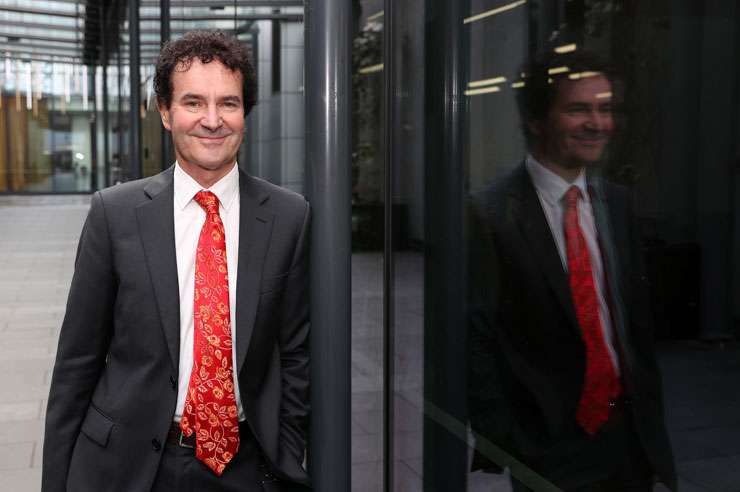I was going to hold off writing this week’s column until after today’s decision on the official cash rate. Naturally, there is a lot of interest in what happens to the OCR, which the Reserve Bank lifted to 0.75%. But as far as things go right now for borrowers and home buyers, what the Reserve Bank decides is not really that important, for two reasons.
First, even with the official cash rate only having increased 0.25% back in early-October, mortgage fixed interest rates have already risen by between 1.4% and 1.8% for the one to five-year terms. These sharp increases reflect big rises in the cost to banks of borrowing money on the wholesale markets to lend for fixed periods.
In turn, these wholesale rate rises reflect expectations that even if the Reserve Bank moves slowly in the short-term, eventually it is going to have to play catch-up and raise the overnight interest rate sharply in order to slow growth in the economy and eventually get inflation back towards 2%.
Whatever the Reserve Bank does will have only a small impact for now on bank wholesale borrowing costs and therefore bank fixed mortgage rates.
Start your property search
The second reason why I’ve not bothered waiting for their decision is that people being turned down for a mortgage at the moment are hardly ever missing out because they can’t afford the interest rate. Instead they are failing to meet a wide range of new and strengthened lending criteria which banks are imposing.
First, there is the requirement that from November 1 banks have no more than 10% of their new housing lending to borrowers with less than a 20% deposit. Demand for credit through the recent lockdown has been so strong that banks have struggled to get this higher risk lending confined to below 10% of all new loans. So, they have all but closed the door for the time being to anyone wanting a loan with less than a 20% deposit for anything other than the purchase of a new property. They have also cancelled preapproved finance for low deposit loans.
Second, banks know that eventually the Reserve Bank will introduce restrictions on lending relative to the income of borrowers. Some banks have been applying a debt to income (DTI) limit of six in anticipation of new rules sometime next year. The Reserve Bank just this week issued an invitation for submissions regarding introduction of DTIs, so banks are well ahead of the regulatory curve this time around.

Tony Alexander: “Thousands of people are now no longer qualifying for a loan from their bank.” Photo / Fiona Goodall
Third, from December 1, banks have to meet the new, far more stringent requirements of the Credit Contracts and Consumer Finance Act (CCCFA). They have to be able to prove that they have fully assessed all expenses of loan applicants and the stability and longevity of all income sources which will be used to support a loan.
This is leading to banks counting expenses never before included in debt servicing calculations. They are also looking with a far more jaundiced eye at anyone within 10-15 years of retirement and relying upon self-employed income.
Thousands of people are now no longer qualifying for a loan from their bank, even though almost all would be able to meet repayments associated with mortgage rates near 2% higher than six months ago.
This credit crunch running through the home lending market is already showing up in a substantial stepping back of first home buyers from the real estate market according to the survey of mortgage brokers I released earlier this week alongside the people at www.mortgages.co.nz
As people come to realise the effect of these new credit restrictions, FOMO will start to ease. Then 2022 will arrive with loss of Kiwis offshore, increasing house supply, plus even higher interest rates. The coming year for housing will look quite different to this one.
- Tony Alexander is an economics commentator and former chief economist for BNZ. Additional commentary from him can be found at www.tonyalexander.nz




















































